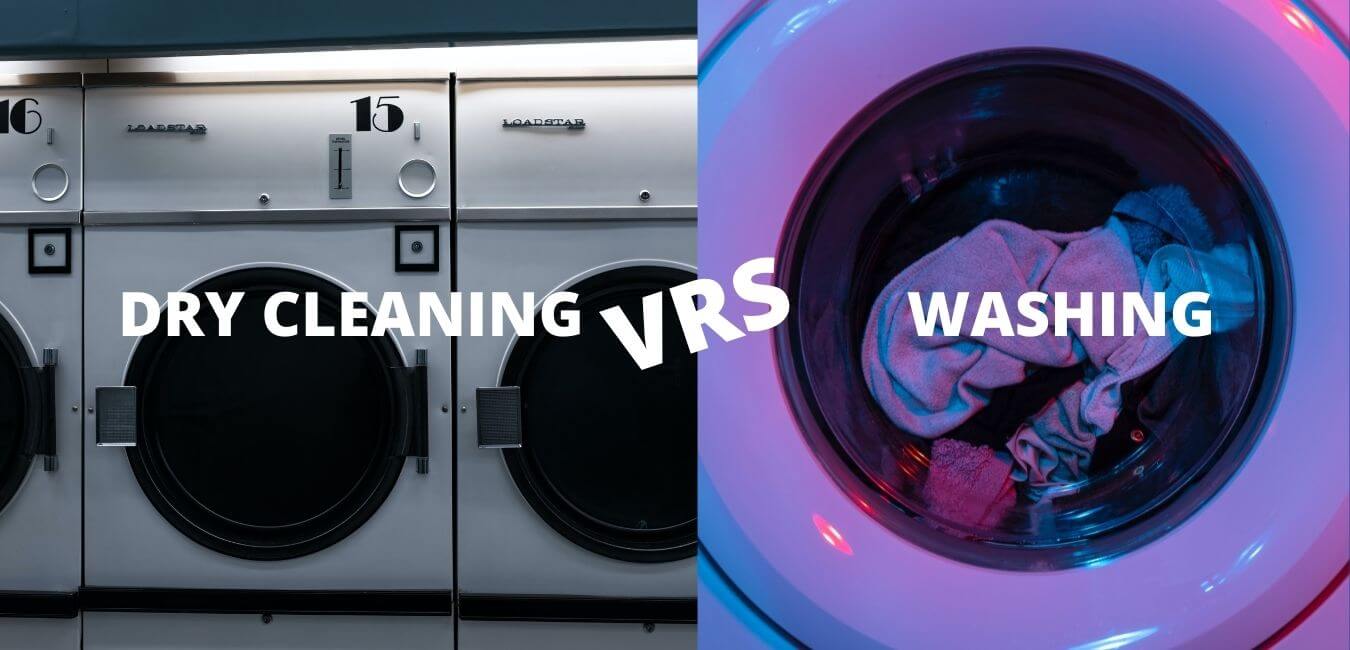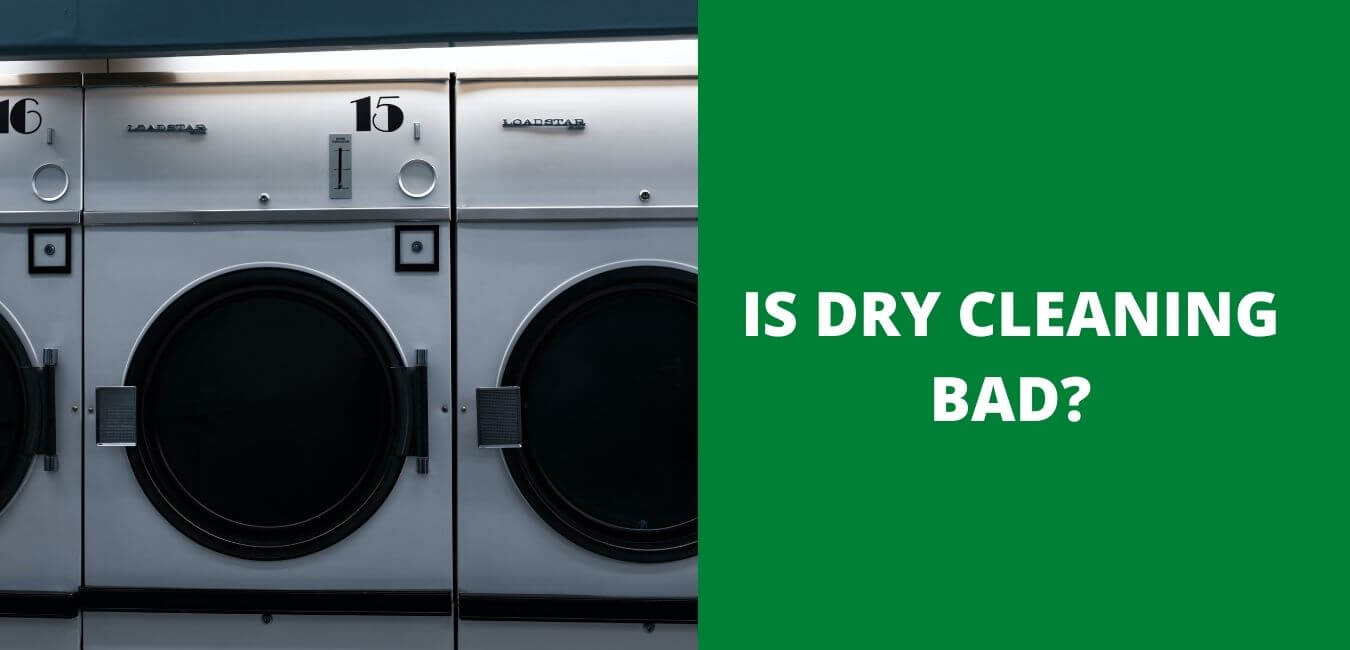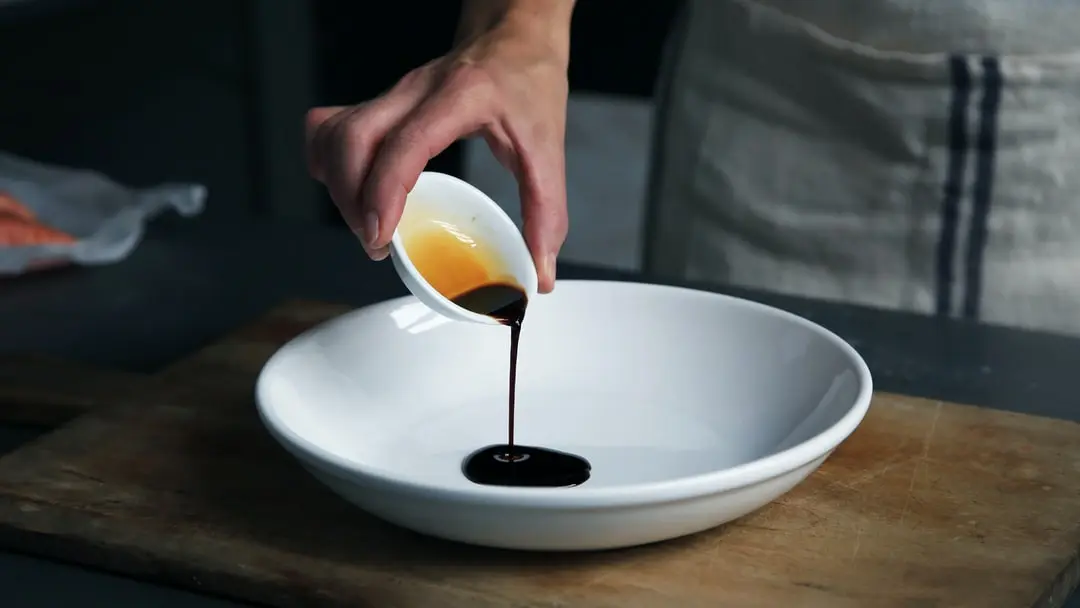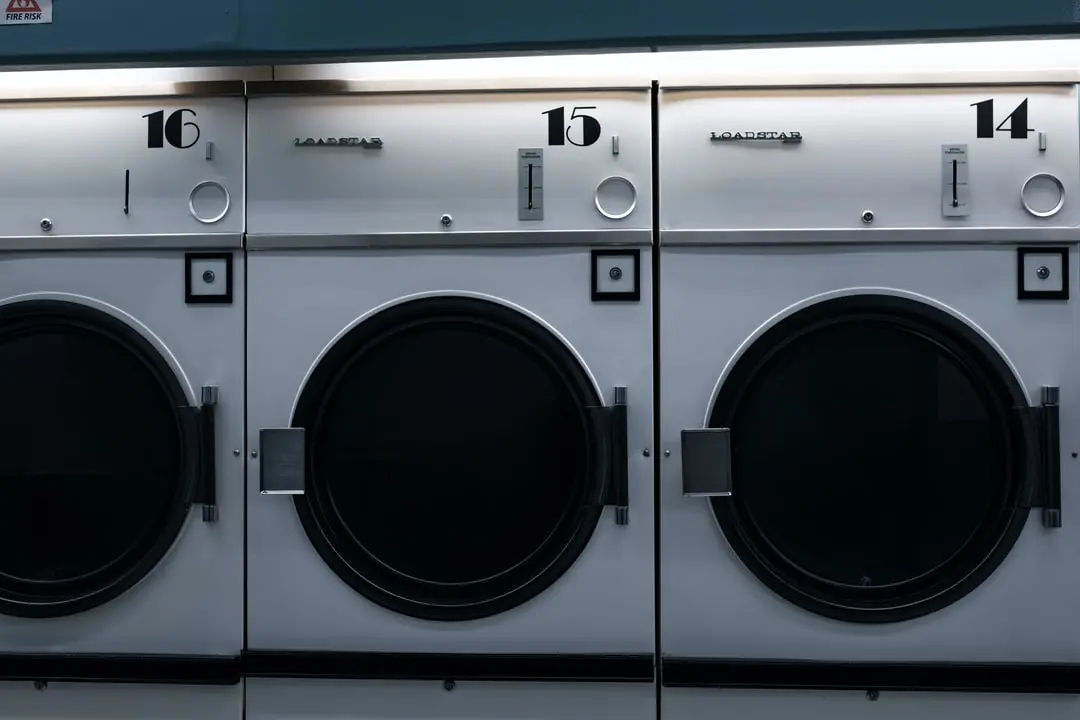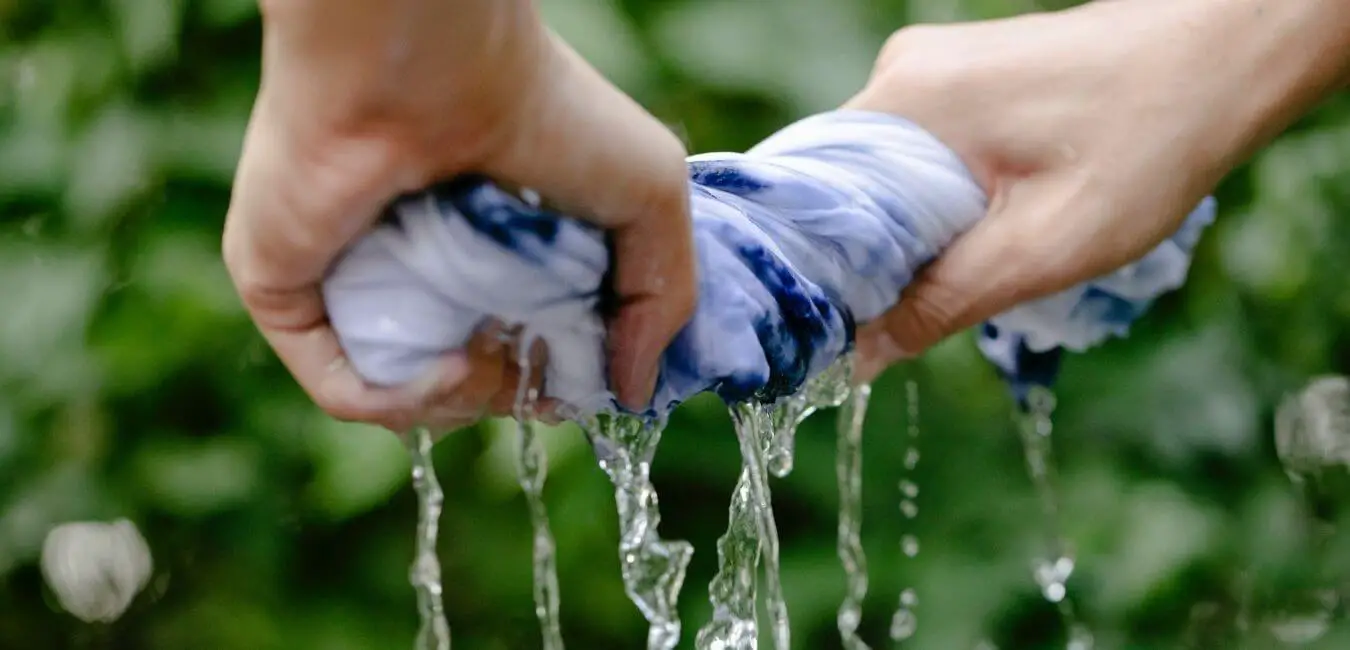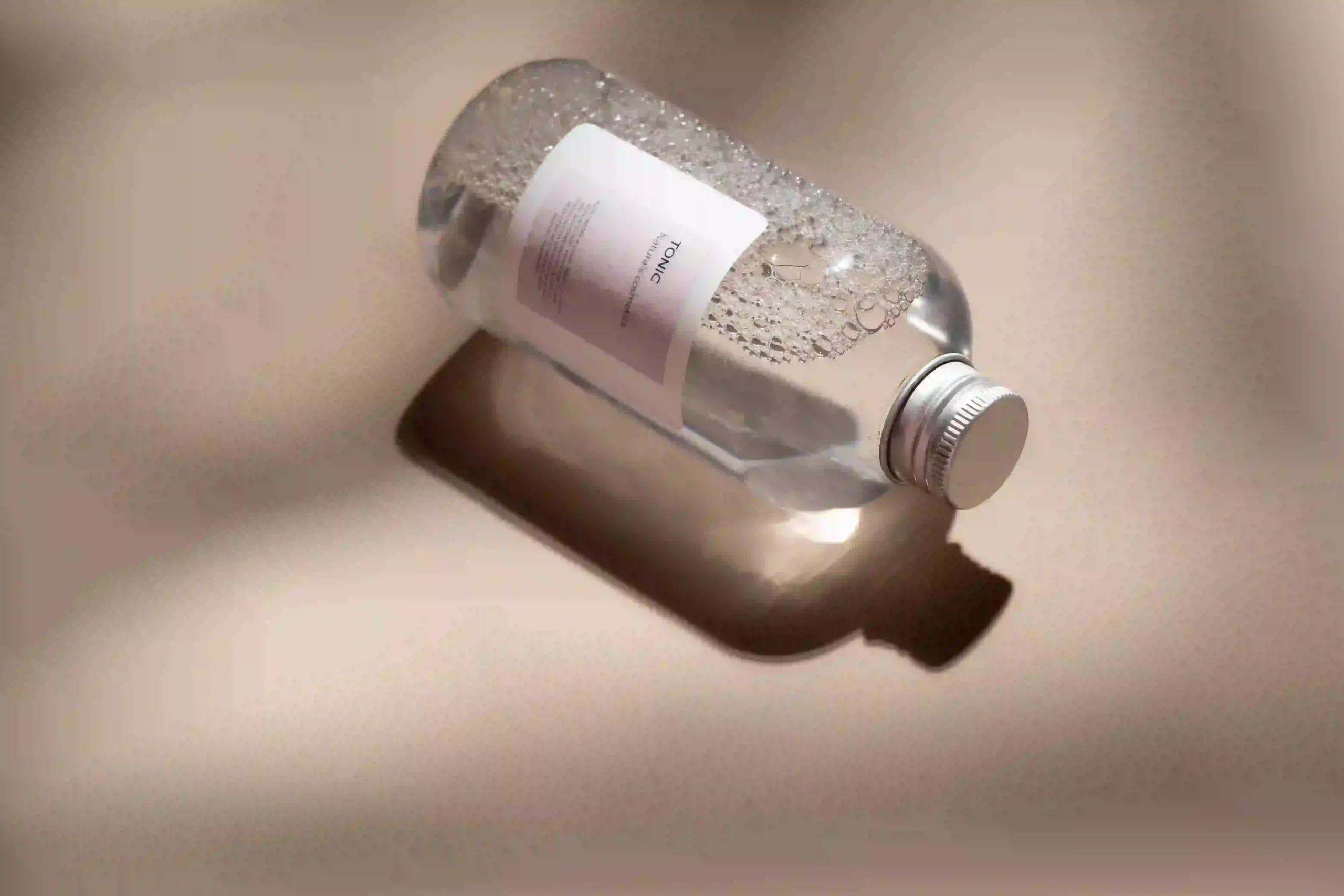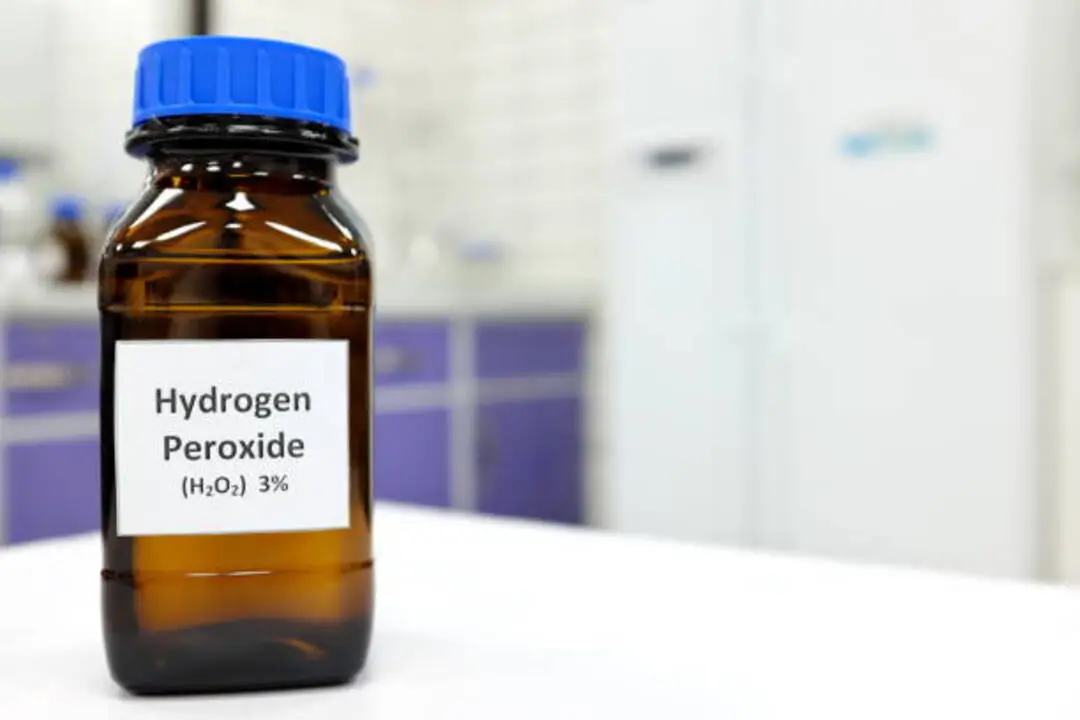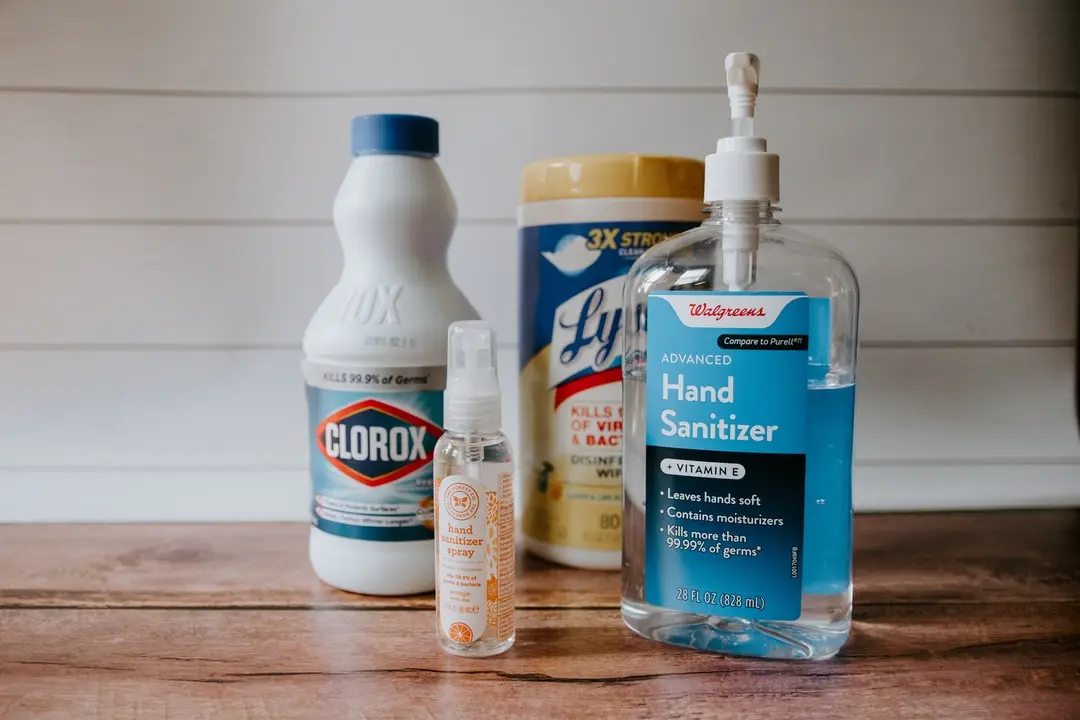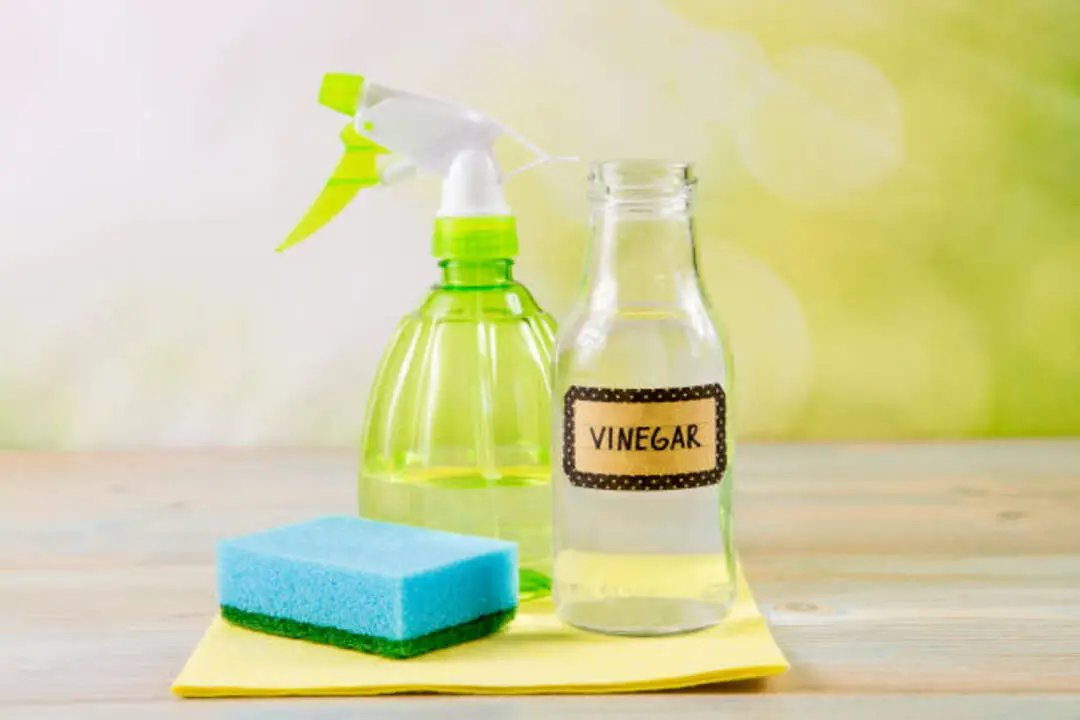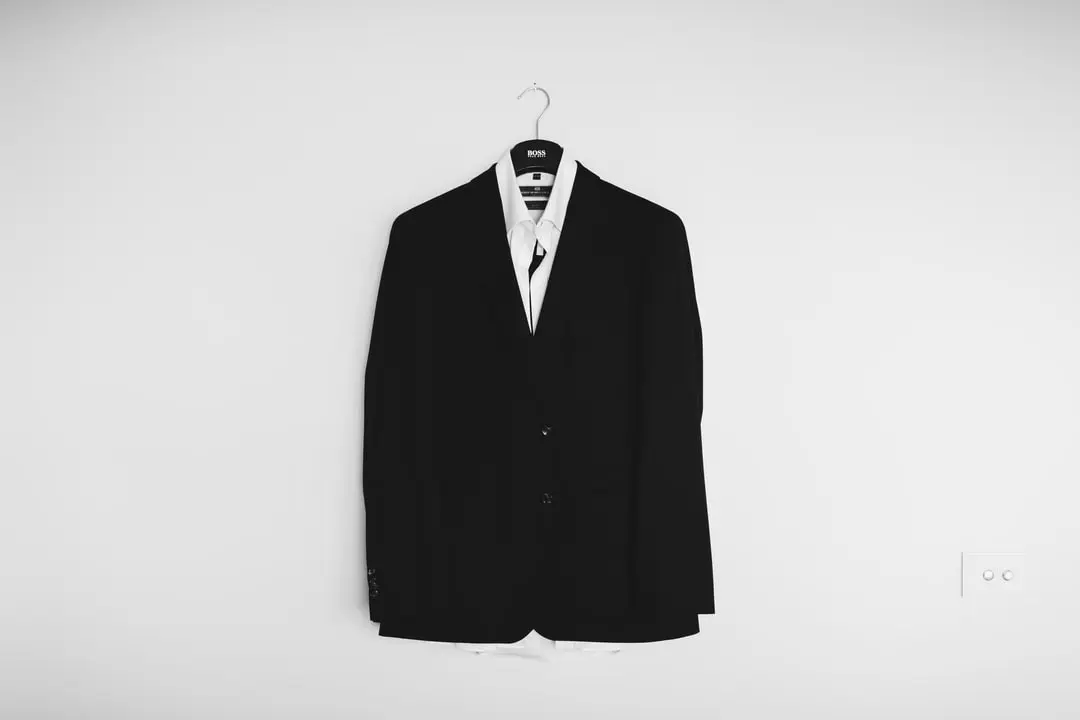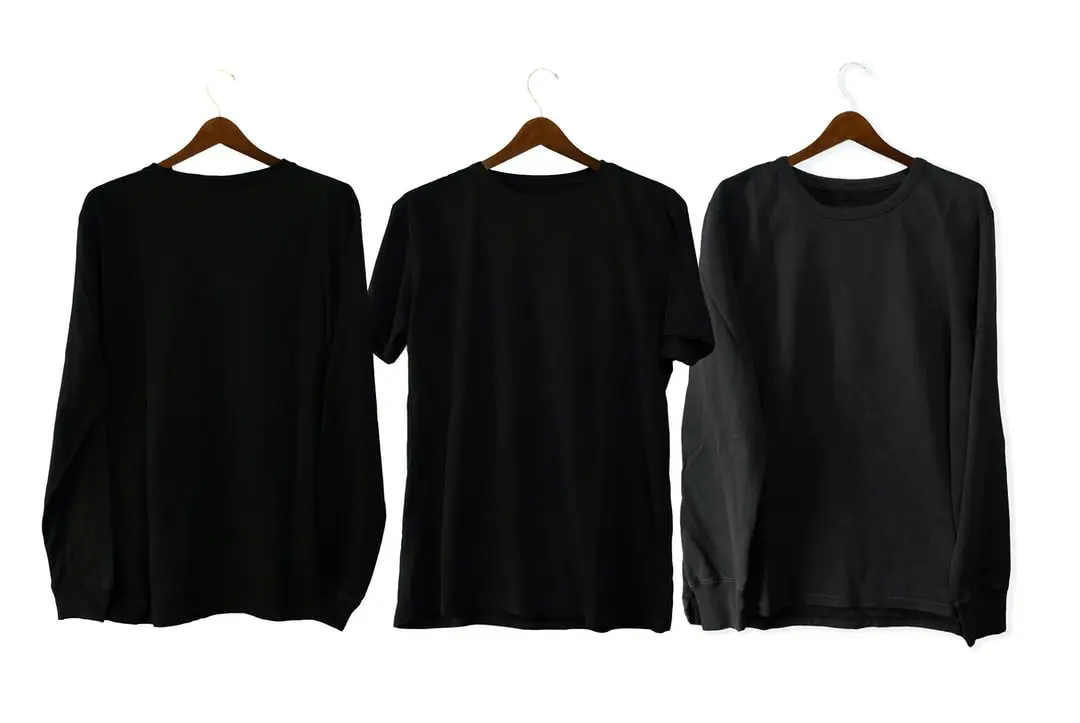Algae stains can be a real nuisance, causing damage to fabrics and spreading quickly if not treated properly. But don’t worry, with the right tips and products, you can easily remove and prevent algae stains for good.
In this article, we will provide you with valuable information on the different types of algae and the specific treatments needed to remove them. We’ll also share some preventive measures you can take to avoid mold buildup and keep your clothes and surfaces looking fresh and clean.
So say goodbye to algae stains and hello to a life free from the stress and frustration they bring.
Key Takeaways
- Algae stains on clothes can be a health hazard and should be treated separately from other laundry to prevent damage to fabrics and the spread of spores.
- Different types of algae require specific treatment methods, with black algae stains being harder to remove and green algae stains being easier to tackle.
- Effective products for removing algae stains include bleach, white distilled vinegar, borax, lemon juice, and salt, with each having its own benefits and drawbacks.
- To prevent mold build-up on clothes, it’s important to avoid keeping laundry in the washer after the cycle, leave the door of the washer and dryer ajar, and avoid stuffing wet, sweaty, or damp clothes in the hamper. Additionally, drying moldy clothes in the sun can help kill all the algae spores.
Types of Algae Stains

You already know that different types of algae can cause stains on clothes, but did you know that algae species identification is crucial to effectively treating these stains?
Algae come in various shapes, colors, and species, and each requires a specific treatment to eliminate it. Black and green algae stains are the most common on clothes, and they need to be treated differently.
Algae growth conditions are another important factor to consider when removing stains. Algae need water and sunlight to nourish and multiply, which is why they thrive on wet and damp fabrics like towels left in the hamper for too long.
Black algae stains are caused by bacteria called Gloeocapsa magma and leave black or gray streaks on the fabric they infect.
Green algae stains, on the other hand, are often seen on damp surfaces that don’t get too much sun or strong wind and turn clothes green.
Knowing these details can help you identify the type of algae stain you’re dealing with and apply the appropriate treatment.
Black Algae Stains
Eliminating black algae stains can be a challenge because they require a more thorough pre-wash treatment, but with the right products and techniques, you can successfully remove them from your fabrics. Black algae stains are caused by bacteria called gloeocapsa magma, which leave black or gray streaks on the fabric they infect. They are harder to remove than green algae stains and can have long-term effects on your clothes if not treated properly.
To effectively treat black algae stains, you can use a combination of products such as chlorine or oxygen bleach, which can eliminate gloeocapsa magma. It’s recommended to soak the fabrics in the liquid overnight for the best results. However, it’s important to note that bleach tends to fade colors, so it should be used cautiously and according to the instructions on the package. Refer to the table below for a summary of treatment options and the long-term effects of black algae stains on clothes.
| Treatment Options | Long-term Effects |
|---|---|
| Chlorine or oxygen bleach | Can eliminate gloeocapsa magma |
| Soak fabrics overnight | Can damage clothes if not used properly |
| Use gloves when handling bleach | Can fade colors |
| Wash in cold water | Can spread quickly if not treated properly |
Remember to always check the washing instructions on the tags of clothes to determine which soaking product to use. Additionally, black algae stains can have long-term effects on your clothes if not treated properly, such as discoloring the fabrics and spreading quickly.
By using the right treatment options and techniques, you can successfully remove black algae stains and prevent further damage to your fabrics.
Green Algae Stains
To effectively treat green algae stains on your fabrics, try using hot water and hanging them in the sun to kill the spores. Green algae stains are often caused by damp fabrics that don’t get much sunlight or ventilation.
To prevent growth, make sure to keep your laundry area dry and well-ventilated. Don’t stuff wet or sweaty clothes in your hamper, and don’t leave laundry in the washer after the cycle is done.
Act fast when you notice algae stains building up on your clothes, and treat them as soon as possible to prevent further damage to the fabric. Identifying the causes of green algae stains can also help you prevent them in the future.
Make sure to wash your clothes at the highest temperature recommended on the tag, and use a color-safe alternative to bleach like white distilled vinegar. If you live in an area with high humidity or moisture, consider using a dehumidifier to keep your home dry.
By taking these preventative measures, you can say goodbye to green algae stains for good.
Factors to consider when cleaning algae stains from your clothes

1. The type of fabric: Different fabrics require different cleaning methods to effectively remove algae stains without damaging the material.
2. The age of the stain: Older stains may require more aggressive cleaning techniques than newer ones.
3. The severity of the stain: Heavy algae stains may require pre-treatment or longer soaking times to fully remove.
4. Whether the stain is fresh or dried: Fresh stains are typically easier to remove than dried-on ones.
5. Water temperature: Hot water can help break down algae stains, but it may also damage some fabrics and colors.
6. Cleaning products used: Certain detergents and stain removers are better suited for removing algae stains than others.
7. Washing machine settings: Adjusting the water level, cycle, and spin speed can help improve cleaning efficacy while protecting delicate fabrics from damage.
8. Pre-treatment options: Soaking clothes in a mixture of vinegar and water or using a pretreating spray can help loosen stubborn algae stains before washing.
9. Sunlight exposure during drying: Direct sunlight exposure can bleach certain fabrics and cause discoloration over time.
10. Fabric softener use: Avoid using fabric softener on clothes with algae stains, as it can make them harder to remove in subsequent washes.
11. Hand washing: Hand washing clothes with natural bleach like hydrogen peroxide can be an effective way to remove algae stains from clothing.
12. Dry cleaning: Dry cleaning can be used to remove algae stains from certain fabrics, especially those that are colorfast.
Products for Removal of Algae Stains

Using the right products can make all the difference in getting rid of those pesky green and black spots on your laundry. When it comes to green algae stains, there are plenty of alternative solutions and DIY remedies that can save you money and help the environment.
For example, a combination of white distilled vinegar, baking soda, and lemon juice can work wonders on green algae stains. Simply mix the ingredients together and apply the solution to the affected area before washing as usual.
If you prefer store-bought products, there are plenty of eco-friendly options available that won’t harm the environment or your clothes. Look for products that contain natural ingredients like tea tree oil, which has powerful antibacterial properties, and enzymes, which break down organic matter like algae stains.
Whatever method you choose, be sure to treat the stains as soon as possible to prevent them from spreading and causing further damage to your clothes. With a little bit of effort and the right products, you can say goodbye to algae stains for good.
Treatment for Green Algae Stains
Want to get rid of those pesky green algae stains on your clothes? Follow this easy, step-by-step guide to bring your garments back to their original glory.
1. Identify the Stains: First, check your clothes for any green stains. It’s important to catch them early, so they don’t spread or get harder to remove.
2. Soak Your Clothes: Now, it’s time to soak your clothes. Fill a bowl with one cup of white distilled vinegar and three liters of water. Soak your clothes in the solution for up to two hours.
3. Scrub Away the Stains: The vinegar should have loosened the stains. Use a toothbrush to gently scrub away any remaining green algae stains.
4. Wash in Hot Water: Put your clothes in the washing machine and wash them in hot water. Make sure you use the hottest water that’s safe for the material of your clothes.
5. Hang in Direct Sunlight: Finally, hang your clothes out to dry in direct sunlight. The sun’s heat and UV rays will help kill any remaining spores.
Remember, it’s important to treat algae stains as quickly as possible. Green algae spores can spread quickly, and the longer you wait, the harder the stains will be to remove. So, the next time you notice those dreaded green stains, try this five-step solution to get your clothes looking new again
Treatment for Black Algae Stains
Are you struggling with stubborn black algae stains on your clothes? Fear not; here is a step-by-step guide to help you clean those stains with ease:
1. Soak the Stained Clothes: If you spot black algae stains on your clothes, soak them in a bowl full of liquid chlorine bleach or oxygen bleach for at least a few hours, preferably overnight.
2. Scrub with a Toothbrush: Use a clean toothbrush to scrub the black algae stains gently until they start to come off. Be careful not to scrub too hard, as it might damage the fabric.
3. Soak Again: If the stains don’t come off with the first round of soaking, don’t fret. Soak the clothes again in the bleach solution for another few hours and scrub again with the toothbrush.
4. Wash in Cold Water: Put the clothes in the washer and set it to a regular cycle with cold water to prevent the stains from setting.
5. Dry in the Sun: Once the wash is done, hang the clothes outside in direct sunlight for a few hours to kill any remaining spores and prevent regrowth.
Remember, black algae stains are hard to remove, but with patience and the right approach, you can rid your clothes of these pesky stains and ensure their longevity.
Pro Tip: To prevent black algae stains, make sure to dry your clothes thoroughly before storing them and avoid leaving damp clothes lying around for extended periods.
By following these simple steps, you can keep your clothes looking fresh and free of black algae stains.
It’s important to understand the causes of black algae stains and how to prevent them from occurring in the first place. Here are some tips to help you prevent black algae stains on your clothes:
1. Avoid storing wet or damp clothes for extended periods of time, as this creates an ideal environment for algae growth.
2. Hang your clothes up to dry in a well-ventilated area, preferably in direct sunlight. This will help to kill any algae spores that may be present on the fabric.
3. Regularly clean your washing machine and dryer to prevent the growth of algae and other bacteria. Leave the door of your washer and dryer open to allow air to circulate and prevent moisture buildup.
Prevention of Mold Build-up

Now that you know how to treat black algae stains, let’s talk about how to prevent mold buildup on your clothes. Laundry maintenance is key to keeping your clothes free of algae stains and other types of mold. Here are some tips to keep in mind:
| Tips for Laundry Maintenance | Tips for Humidity Control |
|---|---|
| Do not keep laundry in the washer after the cycle. | Use a dehumidifier in areas with high humidity. |
| Leave the door of the washer and dryer ajar. | Keep the windows open for ventilation. |
| Leave door of the washer and dryer ajar. | Fix any leaks in pipes or roofs. |
Acting fast to prevent further damage to fabrics when algae stains build up is important. If you follow these laundry maintenance tips and humidity control measures, you can reduce the chances of mold growth on your clothes. And if you do notice any algae stains, remember the treatment methods we discussed earlier.
Frequently Asked Questions

1. Can algae stains on clothes spread to other fabrics in the same load?
Preventing the spread of algae stains on clothes is crucial to avoiding damage to other fabrics in the load. The effect of temperature can also play a role, so be sure to follow washing instructions and treat stains promptly to keep your clothes looking fresh.
2. Are there any natural or homemade remedies for removing algae stains?
Tired of harsh chemicals? Try natural remedies for algae stain removal! Homemade solutions like vinegar, lemon juice, and salt can help. Break free from toxic cleaners and embrace a greener lifestyle.
3. How long should fabrics be soaked in bleach or vinegar to effectively remove algae stains?
To effectively remove algae stains, soak fabrics in bleach overnight. For vinegar, 30 minutes should suffice. Best practices for preventing algae stains on clothes include prompt washing, proper storage, and drying in the sun. Enjoy the freedom of stain-free clothes!
4. Is it safe to use bleach or other cleaning products on colored clothes?
Do you want to remove algae stains from colored clothes but are worried about damaging the fabric? There are pros and cons to using bleach, and natural alternatives like vinegar, lemon juice, and borax. Choose the right method for you.
5. Can algae stains on hard surfaces be removed with the same methods as on clothes?
You can remove algae stains on hard surfaces using similar techniques as on clothes, but it’s important to first identify the type of algae. Different stains require different treatments, such as using bleach or vinegar. Prevent mold buildup by keeping surfaces dry and well-ventilated.
Conclusion and final thoughts
Let’s face it, algae are like that annoying neighbor who just won’t leave you alone. But with the tips provided in this article, you can now say ‘bye-bye’ to those stubborn stains.
Remember, not all algae stains are created equal. Black algae stains require a more rigorous pre-wash treatment than green algae stains. However, with the right products and treatment, you can remove these stains like nobody’s business.
And if you want to avoid the hassle altogether, prevention is key. Keep those surfaces clean and dry to avoid mold buildup and those pesky algae stains.

